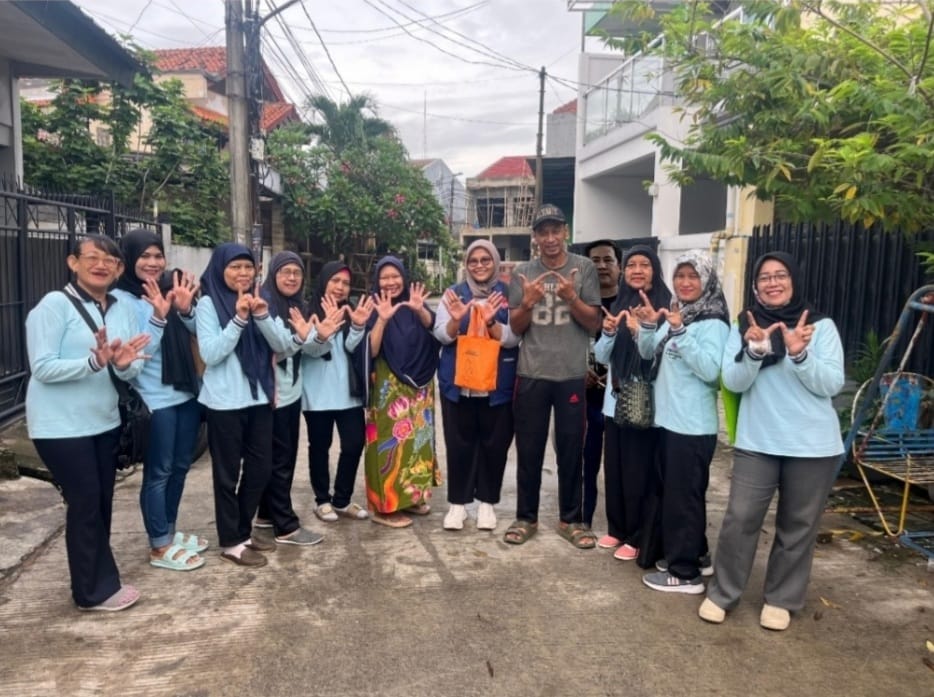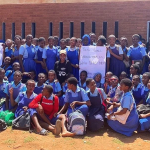Consolidated and compiled By Happy Tarumadevyanto | Independent Consultant | Environmental Asia| happy.devyanto@environmental.asia
Increasing children’s interest in learning in villages requires a holistic and creative approach, considering potential differences in access and facilities compared to urban areas. Here are some realistic strategies that can be applied:
1. Involve Local Communities and Parents
A child’s interest in learning is intrinsically linked to the support of their immediate environment.
- Role of Community Leaders: Engage respected religious, traditional, or youth figures to become education “ambassadors.” They can inspire children with success stories or serve as mentors.
- Workshops for Parents: Host educational sessions for parents on the importance of education and how to support children’s learning at home, even with limited resources. Involve them in school or community learning center activities.
- “Big Sibling” Programs: Pair children with teenagers or university students from the same village who can act as role models and help them learn.
2. Create an Enjoyable and Relevant Learning Environment
Learning doesn’t always have to take place in a formal classroom.
- Outdoor Learning: Utilize the village’s natural environment as a “classroom.” Teach biology, geography, or mathematics by counting trees, observing animals, or learning about local plants. This makes lessons more concrete and engaging.
- Creative Learning Media: Use simple teaching aids made from local materials. Create educational games that involve movement or collaboration. Incorporating songs, folk tales, or local legends can increase appeal.
- Community Learning Centers: If there’s no library, set up a simple reading corner in the village hall, a local health post (posyandu), or the home of a willing resident. Collect donated books, magazines, or other engaging reading materials.
3. Integrate Life Skills and Local Wisdom
Children will be more motivated if they see the relevance between what they learn and their daily lives.
- Learning by Doing: Teach basic skills common in the village, such as farming, animal husbandry, sewing, or handicrafts. Connect these to subjects like science (plant growth processes), math (calculating harvests), or economics (calculating costs and profits).
- Local Cultural Preservation: Encourage children to learn about village history, ancestral stories, traditional dances, or regional songs. This fosters pride in their identity while developing memory and artistic skills.
- Village Problem-Based Projects: Ask children to identify problems in their village (e.g., waste management, access to clean water) and invite them to find solutions together. This develops critical thinking and problem-solving skills.
4. Leverage Simple Technology
Even with limited access, simple technology can be beneficial.
- Offline Educational Content: Download educational videos, e-books, or learning apps that can be accessed without internet and played on available devices (phones, tablets, or laptops brought by volunteers).
- Community Radio/Education: If available, utilize community radio for short educational programs or interactive quizzes.
By combining these approaches, children’s interest in learning in villages can grow naturally because they feel education is relevant, enjoyable, and supported by their surrounding environment.
Lessons from Wolbachia

Wolbachia research is a revolutionary innovation in the effort to control mosquito-borne diseases such as Dengue Hemorrhagic Fever (DHF), Zika, and Chikungunya. Wolbachia is a naturally occurring bacterium found in about 60% of insect species, but not naturally in Aedes aegypti mosquitoes, the primary vector for DHF.
Research has demonstrated that when Aedes aegypti mosquitoes are infected with Wolbachia bacteria, their ability to transmit the dengue virus is significantly reduced. The primary mechanism is that Wolbachia competes with the virus for resources within the mosquito’s body, thereby inhibiting viral replication. Additionally, Wolbachia can cause a phenomenon called cytoplasmic incompatibility. If a Wolbachia-carrying male mosquito mates with a female mosquito without Wolbachia, their eggs will not hatch. However, if a Wolbachia-carrying female mosquito mates with a male mosquito (with or without Wolbachia), all her eggs will hatch and produce Wolbachia-carrying mosquitoes. This allows the bacteria to spread independently within the mosquito population.
Wolbachia mosquito programs, such as those conducted by the World Mosquito Program (WMP) in collaboration with Gadjah Mada University in Yogyakarta, have shown very promising results. A randomized controlled trial in Yogyakarta demonstrated a 77% reduction in DHF cases and an 86% reduction in hospitalizations in areas where Wolbachia-carrying mosquitoes were released. This innovation is considered safe for humans and the environment because Wolbachia is an intracellular bacterium that cannot infect humans or other animals. Although there have been pros and cons in the community, global health organizations like the WHO have recommended the use of Wolbachia technology as a vector control tool since 2021, and the Indonesian Ministry of Health plans to implement it gradually.
Generate Audio Overview










